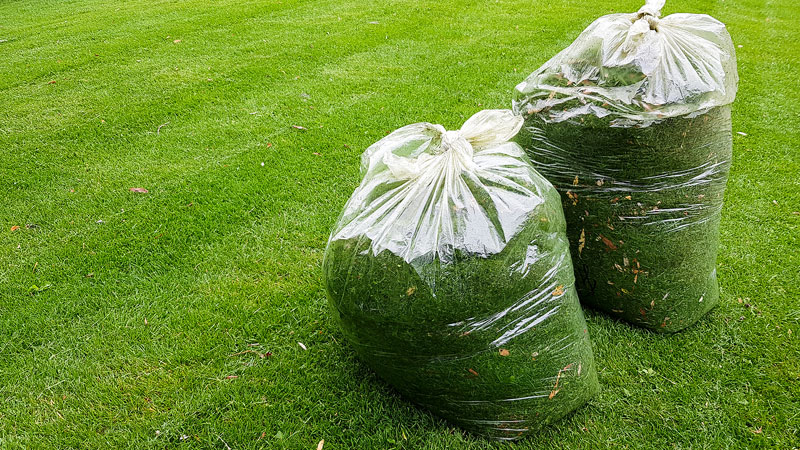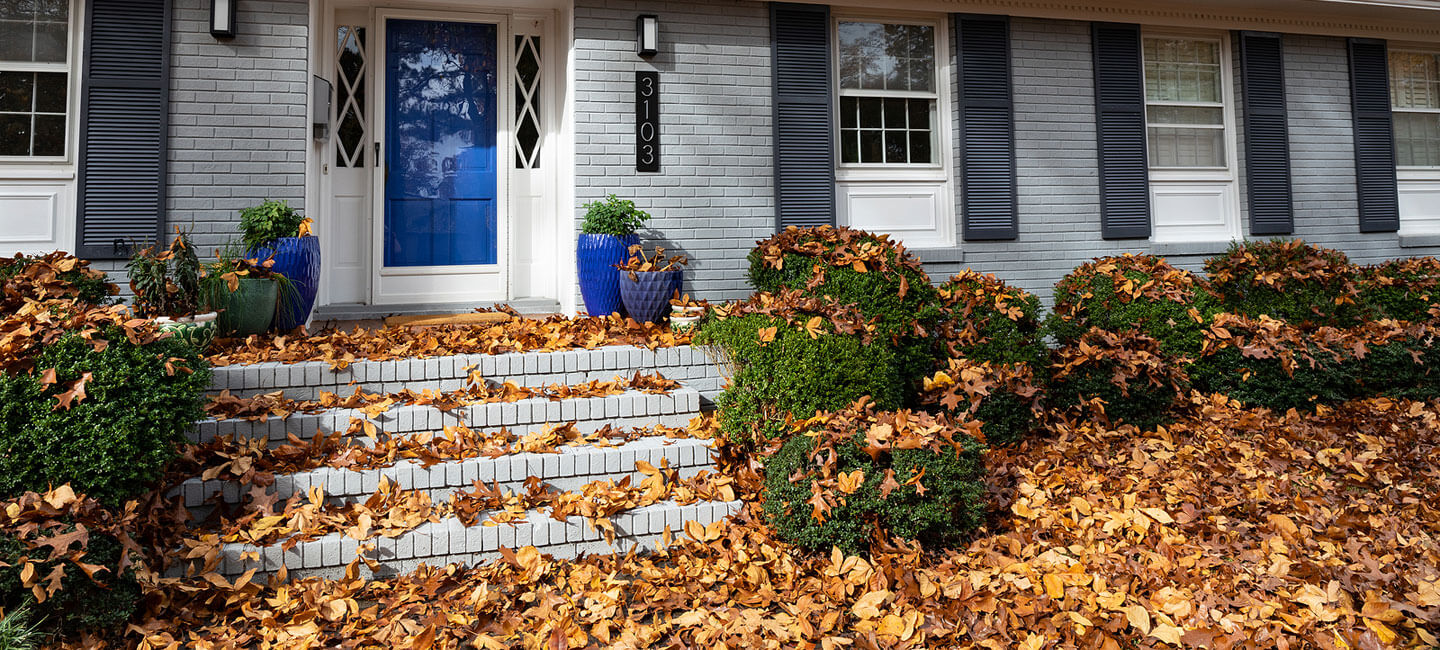[wpdreams_ajaxsearchlite]
A verdant lawn is not only inviting to the eye but also to different kinds of pests. If you want to maintain a beautiful and rich lawn, then it is vital to know how to identify common pests that might invade your grass that can lead to your luscious lawn’s death. The most effective way to protect your lawn is to identify pests like chinch bugs, beetle, worm, etc.
One of the essential information that you need to know is their life cycle and symptoms that your grass may experience. Once you identify a pest, it is imperative to determine how to get rid of it and prevent them from coming back. The following are useful information on common pests affecting awns.
Recommended Readings:
Things You Need to Prepare Before You Get Your Lawn Replaced
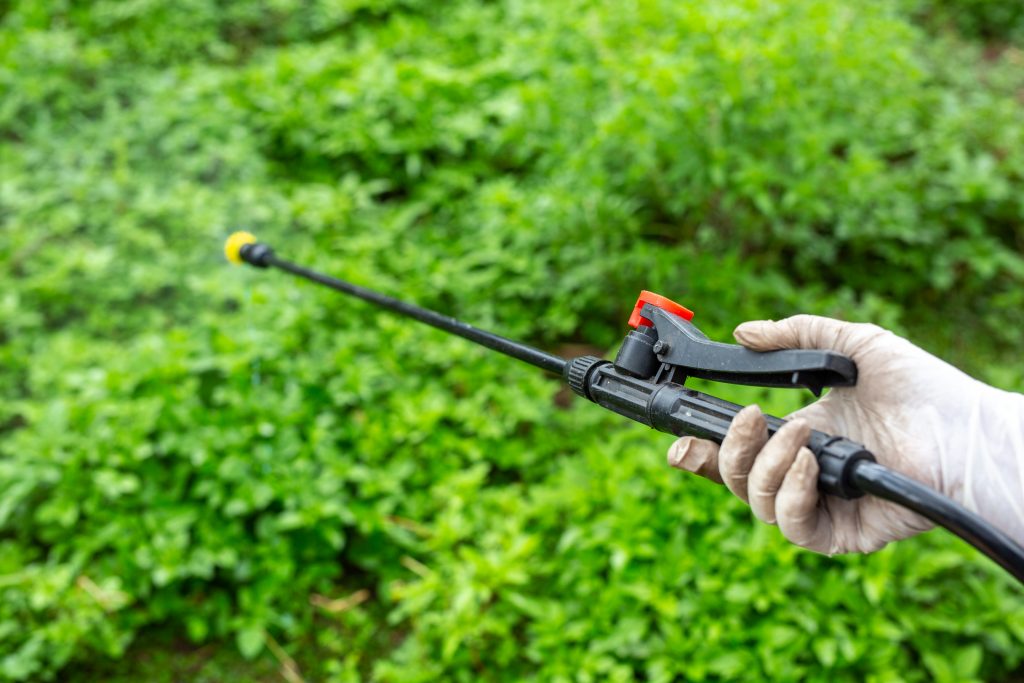
Grubs
This pest belongs to the family of scarab beetles. You can consider white grubs as one of the most damaging types of pests. They usually grow and attacked lawn during spring, summer as well as in early fall season. They thrive underneath the soil and feed on grassroots. So you need to always checkout by digging the soil to spot this damaging pest.
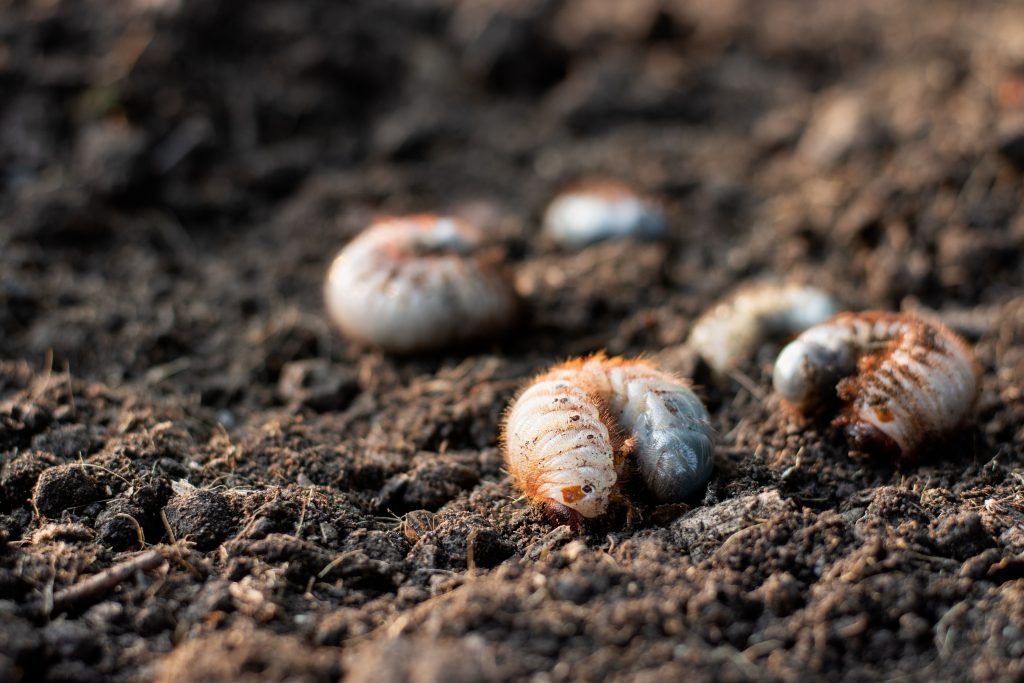
Life Cycle of Grubs
The complete life cycle is within one year and becomes a common beetle. It is during the midsummer season when adult beetles mate and lay eggs deep within the soil. You can expect many newly hatched grubs in a matter of two weeks, and these little grubs will soon eat all grassroots. During the winter season, adult grubs go into the dormant stage by burrowing themselves deep within the soil. Once spring season begins, they will again resurface and feed on grassroots. They will transform into adult beetle during early summer and stop eating.
To stay away from them, you need to inspect the soil and look for eggs, and it is better if you can get rid of all the eggs before it hatches. If you notice wilted grass blades and spongy turf, then you are sure to find grubs underneath its soil.
Nema Globe 4003003 Grub Buster
Chinch Bugs
There are different types of chinch bugs that can attack your lawn, and the most common are the ones with hair. This type of bug is sap-sucking that feeds on grass blades. While chinch bugs feed on the grass, they also leave an anticoagulant substance that prevents the grass from absorbing water, leading to death.
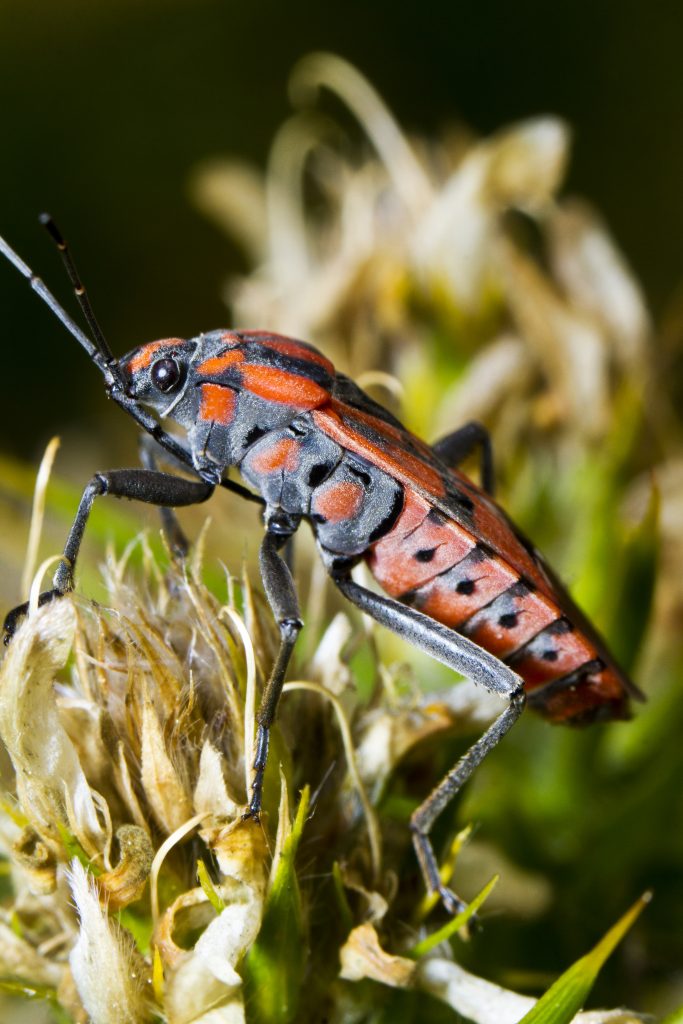
Life Cycle:
Chinch bugs are easy to identify since they lay their eggs on grass blades and produce two generations of eggs during spring until early fall. It hatches new bugs, also known as nymphs, after 20 to 30 days. Once hatched, they will start feeding on grass, and after 4 to 6 weeks, all nymphs will eventually mature and mate. You need to take note that during colder months, mature chinch bugs crawl under grass stems and become dormant. It is crucial to inspect grass blades and stems to detect and take them out of the grass.
During the attack, look for signs such as irregular patches, yellowing, and browning of the grass that is sometimes mistaken as caused by drought. Closely inspect each grass blade and stems, looking for these pests.
Sod Webworm
Younger sod webworm will reach 1 inch once it matures and will turn into brown or green color with dark spots. This pest is very damaging to sod lawns because they swift grasses and stems easily.
Life Cycle:
They lay eggs in three generations every year during springtime and summer. Eggs hatch after seven days on grass blades during night time. They feed on the grass blades and stems and leave brown patches.
Armyworm
These pests are brown, gray, yellow, or pink, and they are noticeable at night. As their name implies, they can reproduce rapidly and eat like an army.
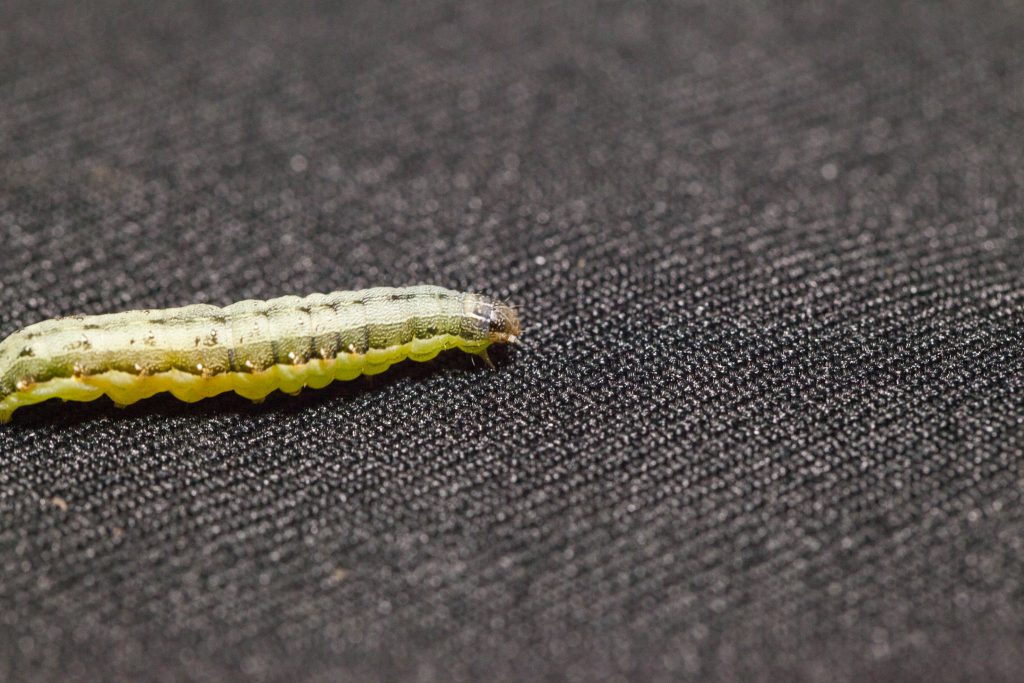
Life Cycle:
They can reproduce in three-generation from spring season to summer months. Once it turned into an adult, it will lay eggs and hatch after a week. The larvae need to eat for three weeks before it turned into a moth. Skeleton looking grass blades are common signs of worn attack.
If you think that pests are uncontrollable around your lawn and you can’t manage them, then ask the help of a pest control provider. The key to a successful fight against pests is early detection and pest management.
At My Landscapers, we understand what Gardens and lawn require in the fall. Request your free lawn care estimate today, and a My Landscapers landscaping professional will help you understand the needs of your property. With Fall already here in Toronto, Vaughan & Richmond Hill, it is important to have your grass and garden maintained.

